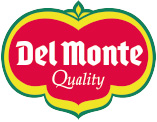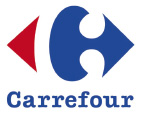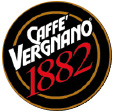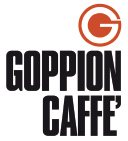The 3 golden rules of packaging
Have you ever tried to open a simple bag of chips and find yourself with the exploded product all over the floor? Or that drinking a fruit juice, the straw disappears like magic inside the brick?

Despite the hassle these are sporadic episodes. But given the hectic pace of today’s life, the speed of use and functionality in the packaging becomes increasingly important
For this reason, when designing a packaging you have to study everything in the smallest details: functional packaging and packaging to be renewed from time to time with shapes and materials that meet the needs of the market can make the difference for the success of a product, without neglecting the issues related to the environment.
Packaging is no longer considered only as the wrapping that protects the product, but as an integral part of the product itself.
Making a perfect packaging that satisfies everyone is difficult, but there are 3 rules that must be taken into account:
- Features of the package
- Equilibrium
- Communication
Features of the package
There are some types of packaging, which for certain products perform the dual function of an instrument of use and wrapping, and of communication.
This is what usually happens in the field of cosmetics, where the product is placed in a package that has as main purpose to contain the product, and in addition has the useful mechanism to be able to use it (for example the cream dispenser for the body). This type of packaging called “primary” is usually contained in another package, secondary, which usually has the function of protecting the product and communicating the characteristics of which it is composed. mThe secondary packaging, if extra is useful for transport purposes, can in turn communicate messages to the buyer that may lead him to make other purchases.
Equilibrium
The characteristics that must have a package to attract the consumer are multiple. It is important that it be:
convenient for transport: therefore pay attention to the shape, weight and measures
- easy to open
- suitable for the conservation and protection of the product
- environmentally friendly
- consistent: since it does not create confusion in the consumer by inserting too much information on the packaging
Other factors that should not be underestimated regard the relationship between the weight of the product and the volume of packaging. Very often it happens to find secondary packaging disproportionate to the primary one. This type of “empty means” packaging should be re-evaluated as, in addition to disappointing the average buyer, they do not even satisfy all those who pay particular attention to ecology.
Communication
It is important that the product is easily recognizable and easily distinguished from others.
What attracts the consumer are:
- first name
- brand name
- shape
- representation of the product
- use of images that capture the attention.
After having satisfied these main aspects, the packaging must inform the consumer about the characteristics of the product, its origin and the ingredients it is made of.
Beyond this informative function, the packaging must satisfy another one, which goes beyond the product. It concerns the possibility of conveying promotional, cultural or charitable initiatives through the pack.












